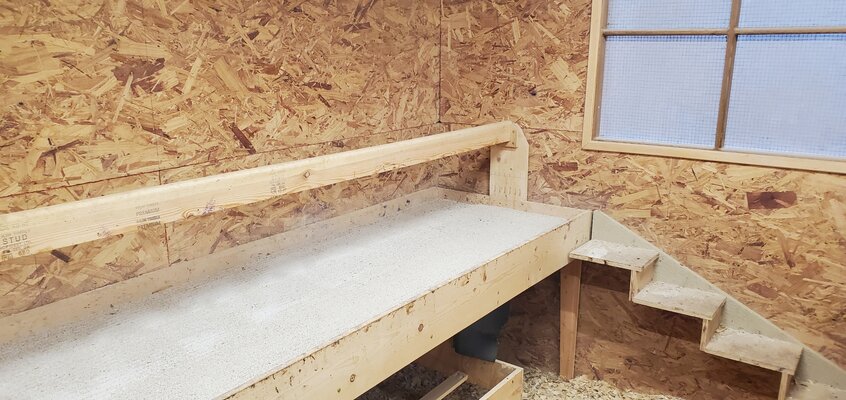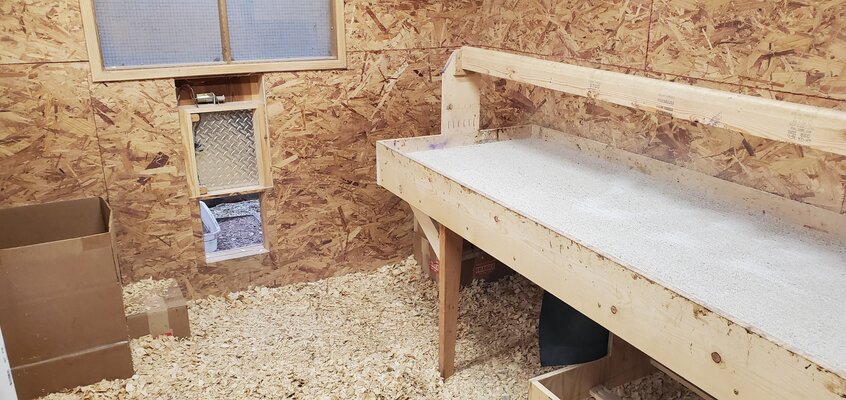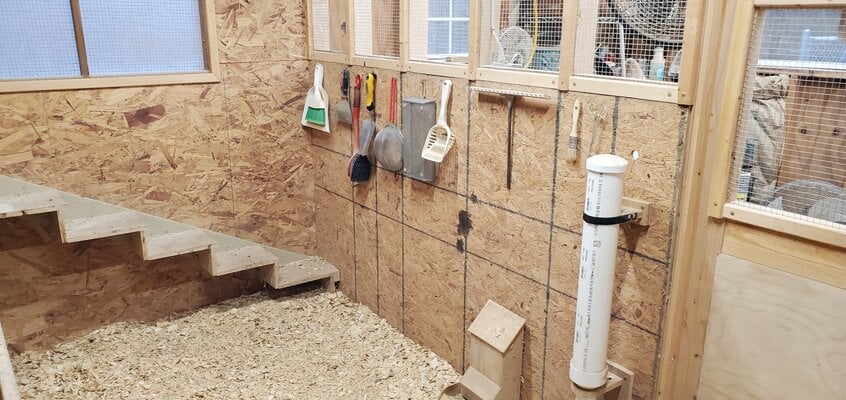Koiandchicks
Chirping
- Mar 15, 2023
- 30
- 59
- 69
I'm brand new to this. I'm sure there's discussion about this but I am having trouble finding the right answer. First I live in Ohio. This past winter we dipped down to - 20 degrees below zero. We're building a coop from scratch. I found a picture of one I like with 3 sides wood and the fourth side is all framed hardware cloth. I'm guessing it's an 8 foot by 8 foot cube with a slanted roof. We have 10 chicks now ( currently in our house) do I need to cover the 4 the side or partially cover it next winter when the hen's are outside for the winter. I'm nervous about the cold and love my little chicks so much. I need suggestions and assurance, especially from people who understand keeping chickens in the Midwest cold.





